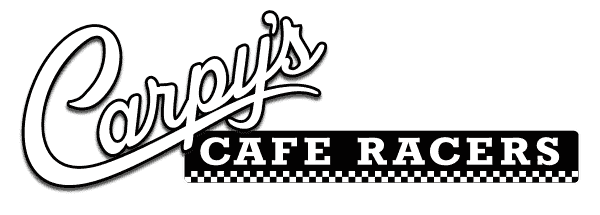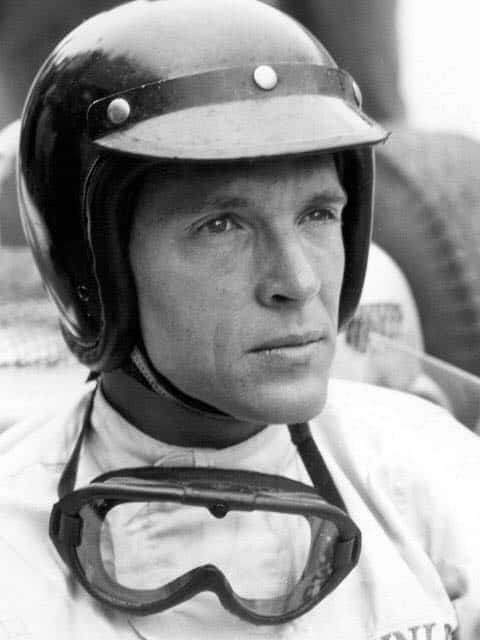Daniel Sexton Gurney (April 13, 1931 ) passed away Yesterday, we remember him as one of the premier racers/builders/owners the U.S. has produced…like so many other racers, Dan started out as a Hot Rodder. I only met him a couple of times at Cooks Corner as he was on one of his crazy Motorcycles, […]
Tag Archives: indy
Everyone knows this logo, many people have seen it on Tee shirts and many even have this iconic Woodpecker inked on their body, not many people remember that he was a Man beyond his years in mechanical ideology,but clay Smith was an unbelievable non college trained guy, that could turn chicken poo into chicken pie. […]

